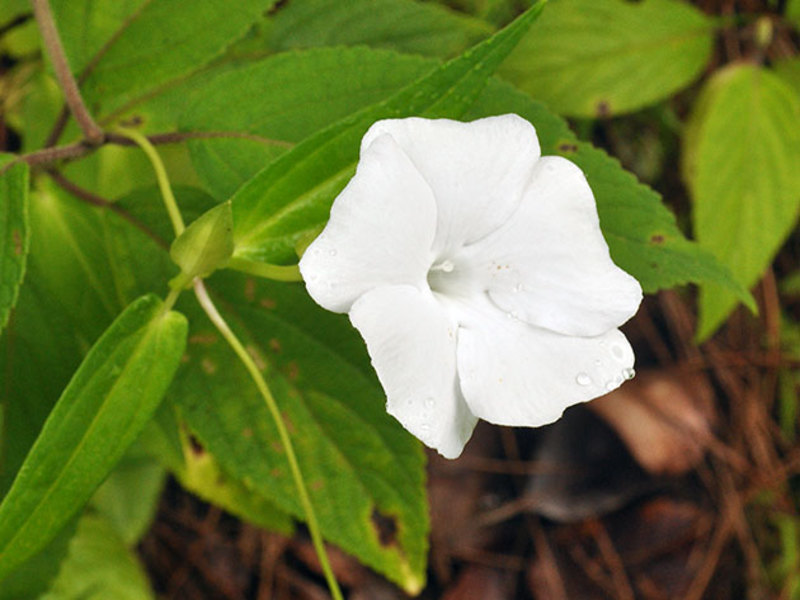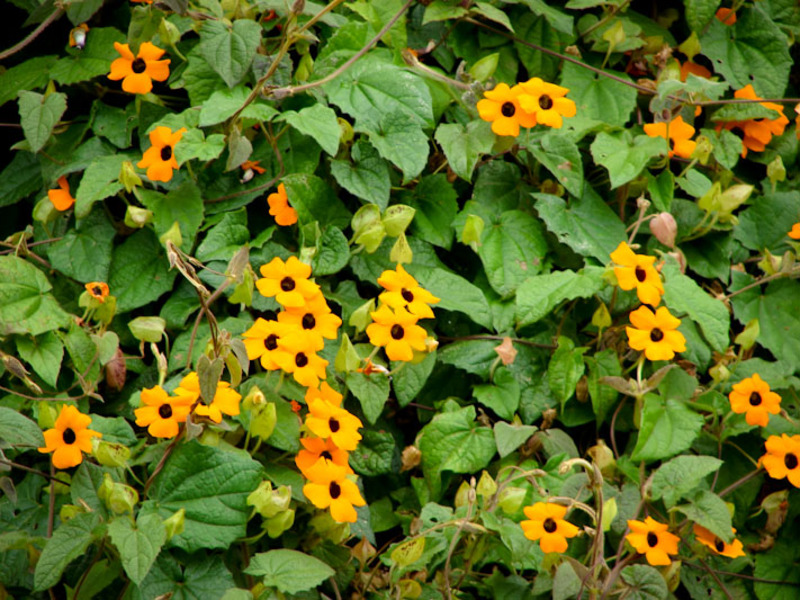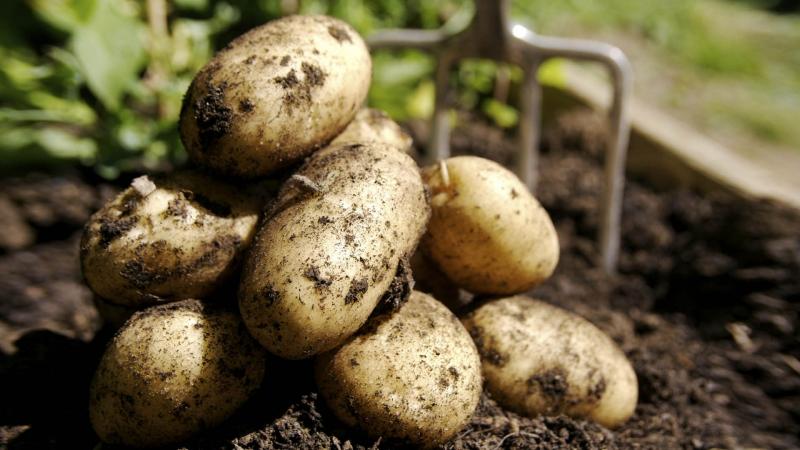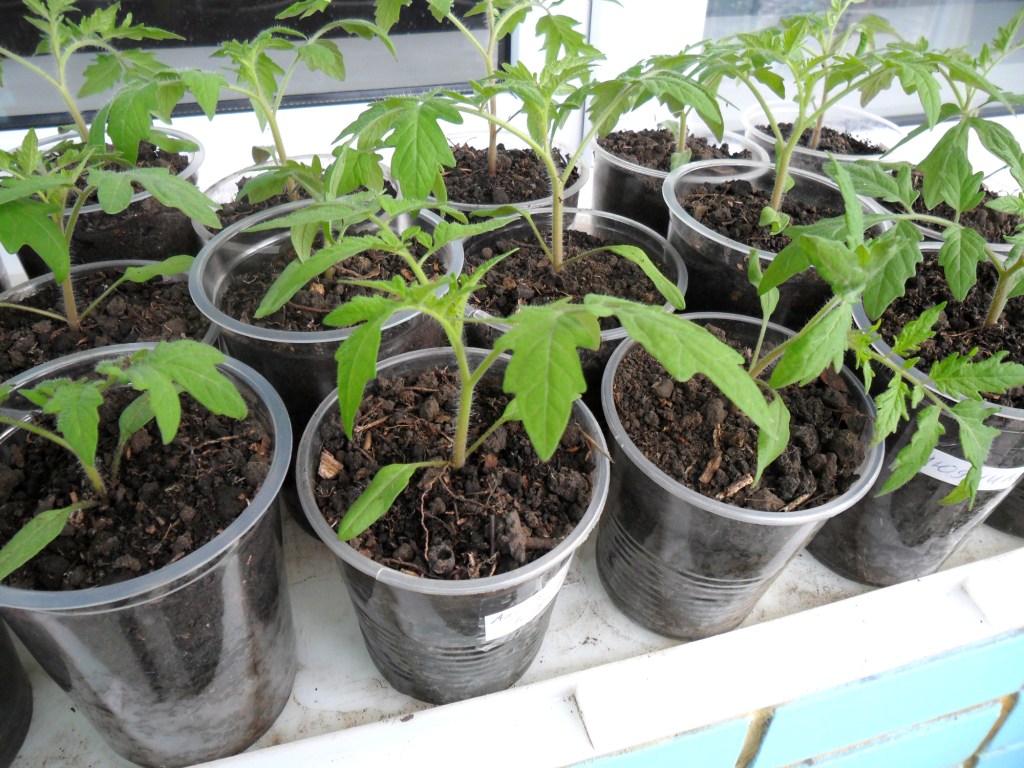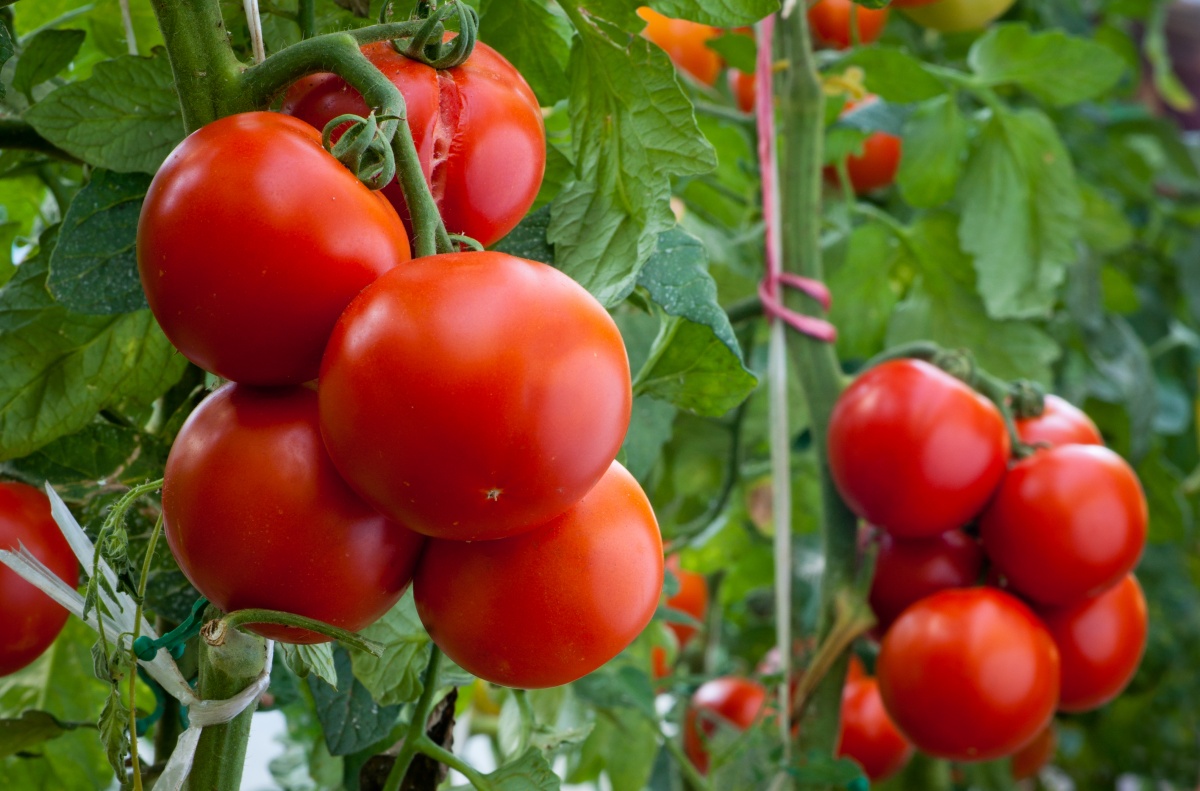The spectacular tropical liana tunbergia is an annual plant that can grow from seeds to several meters in height in a short time, twisting around various supports. Of particular admiration are the tunbergia flowers, which can be purple, yellow, white, bright orange or bright crimson. The plant is versatile and can be grown both in the garden and indoors.
Tunbergia - description, views, photos
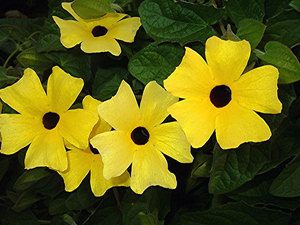 The plant is a liana, the average height of which can reach 2-2.5 m. The soft pubescent leaves of the plant can be lobed suprotine, or whole, ovoid or heart-shaped. Collected in inflorescences or single funnel-shaped tunbergia flowers reach 4 cm in diameter. In some species, they even exude aroma.
The plant is a liana, the average height of which can reach 2-2.5 m. The soft pubescent leaves of the plant can be lobed suprotine, or whole, ovoid or heart-shaped. Collected in inflorescences or single funnel-shaped tunbergia flowers reach 4 cm in diameter. In some species, they even exude aroma.
Since this perennial plant is a native of warm countries, in our latitudes it grown as an annual... However, the liana blooms for a long time - from July to the very frost. As a perennial, you can grow ampelny tunbergia at home.
Types and varieties of tunbergia
Cultivated vines are represented the four most popular types.
Thunbergia fragrant is an evergreen liana that grows up to six meters. Above, its ovoid leaves are dark green, and below - light green with a white vein in the middle. Single flowers up to 5 cm in diameter have a white tint and a pleasant aroma.
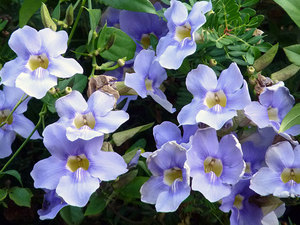 Tunbergia large-flowered or blue is distinguished by curly shoots and bright green leaves with large teeth along the edges. Small-flowered inflorescences consist of purple or blue flowers with a white spot in the throat.
Tunbergia large-flowered or blue is distinguished by curly shoots and bright green leaves with large teeth along the edges. Small-flowered inflorescences consist of purple or blue flowers with a white spot in the throat.
Thunbergia Battiskomba is a liana with wide leaves and blue flowers, on the petals of which a mesh is clearly visible.
Thunbergia winged or Black Suzanne is a very popular annual plant. Its long, liana-like stems are strewn with single flowers of various shades. In the center of each flower is a dark purple eye, which is why this type of plant was named "Black-eyed Suzanne." The most famous and used for decorating the plot of the tunbergia winged varieties:
- Susi Yellow variety - growing up to three meters liana, which is easiest to grow from seeds. The plant is so covered with numerous flowers that the leaves are practically invisible.
- African Sanset variety blooms throughout the season with flowers of an unusual terracotta shade.
- Tunbergia group Gregorii consists of 12-15 varieties, each of which blooms with its own shade of orange. It is distinguished by the absence of a black eye, however, it still looks very attractive.
Growing tunbergia from seeds
It is impossible to plant a plant immediately in open ground. This is explained by the fact that sowing should be early, and this very thermophilic flower does not tolerate even the slightest cold snap at all. In order for the vine to bloom on time, the seeds should be sown at the end of February. Therefore, first, the seedlings of tunbergia are grown, which at one time are planted in open ground.
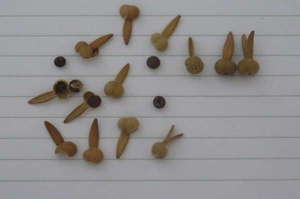 Plant seeds germinate very poorly, therefore, to stimulate growth, it is recommended to process them in “Epine". So as not to disturb the roots of the seedlings during transplantation, the seeds are best planted in peat tablets or cups.In this case, plants in the open field will take root faster.
Plant seeds germinate very poorly, therefore, to stimulate growth, it is recommended to process them in “Epine". So as not to disturb the roots of the seedlings during transplantation, the seeds are best planted in peat tablets or cups.In this case, plants in the open field will take root faster.
An earthen mixture for sowing tunbergia seeds must be prepared from leafy earth and sand, with the addition of a small part of humus. Seeds are planted in moistened soil to a depth of 1-1.5 cm. If the sowing is done in boxes, the distance between the seeds should be at least 3-5 cm. Almost all seeds treated with Epin should sprout, so there is enough distance so that later they do not have to be thinned out.
Peat cups or seedling containers after planting seeds in them are covered with glass or cellophane, and removed to a warm place with an air temperature of at least +20 degrees. Under these conditions, the first shoots should appear in about two weeks. At lower temperatures, seeds can hatch only 20-25 days after sowing.
Seedling care
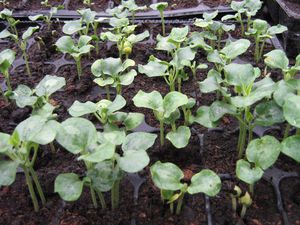 If the seeds were planted close to each other, then when two true leaves appear, they will need to be planted or thinned out. Young bushes 12-15 cm high pinch the tops... After this procedure, the plant will begin to branch vigorously.
If the seeds were planted close to each other, then when two true leaves appear, they will need to be planted or thinned out. Young bushes 12-15 cm high pinch the tops... After this procedure, the plant will begin to branch vigorously.
When growing seedlings, do not forget to water them regularly. It is necessary to feed the seedlings only if a thick and powerful mass is needed. To do this, it is recommended to feed the tunbergia with nitrogen-containing fertilizers every week. But in order for the plant to bloom for a long time and magnificently in the future, the seedlings do not need to be fed at all.
Planting tunbergia in open ground
Young vines are planted in open ground only after the spring frosts have ended. The site for it must be chosen on the west, east or south side. It should be sheltered from the wind, slightly shaded.
The soil for tunbergia should be:
- well drained;
- nutritious;
- neutral;
- mixed with lime.
The distance between the holes must be made at least 30-45 cm. Immediately upon planting, supports in the form of a lattice or wire are installed near the vine. The seedlings planted in the ground are watered, and the soil around it is covered with mulch. In this case, there will be practically no weeds near the bushes. Tunbergia blooms about 90-100 days after pinching.
Tunbergia care
A plant planted in open ground will quickly take root and grow. Caring for him is quite simple, but has its own nuances:
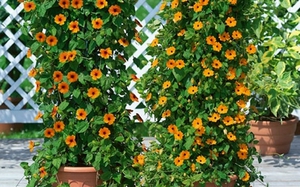 Water the bushes should be regularly, and as soon as the first flowers appear - abundantly. Otherwise, with a lack of moisture, tunbergia will begin to shed buds and leaves.
Water the bushes should be regularly, and as soon as the first flowers appear - abundantly. Otherwise, with a lack of moisture, tunbergia will begin to shed buds and leaves.- In the evenings, after hot days, it is recommended to spray the leaves of the plant.
- From the beginning of the transplant, once a month, the vine needs feed with mineral fertilizers... As soon as the plant begins to gain buds, fertilizing is done more often, using special complex fertilizers for this.
- In order for the plant to bloom longer and have an attractive appearance, it is recommended to regularly pick off withered and faded flowers.
- Liana during growth must be directed in the right direction in time, and weak shoots must be removed.
These are all the features of caring for tunbergia. Even an inexperienced florist can cope with the cultivation of an amazingly beautiful liana.
Possible problems when growing vines
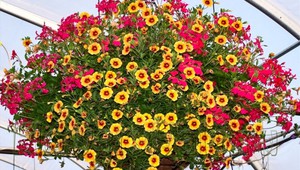 With proper care and watering, the plant is resistant to pests and diseases. However, prolonged waterlogging of the soil can lead to the appearance of mold. If the foliage on the vine began to grow very rarely, then the plant lack of nutrients... Overdrying the soil leads to the fall of buds and flowers.
With proper care and watering, the plant is resistant to pests and diseases. However, prolonged waterlogging of the soil can lead to the appearance of mold. If the foliage on the vine began to grow very rarely, then the plant lack of nutrients... Overdrying the soil leads to the fall of buds and flowers.
Of the pests for tunbergia, whiteflies, spider mites and aphids, which suck out plant juices, are terrible. If the leaves turn yellow and a sticky coating appears on them, the bush must be carefully examined. If pests are found on it, then urgent treatment is required. From folk remedies a solution of alcohol and laundry soap (1: 1) is used.
Thunbergia is considered the best plant not only for decorating gardens. With its help, you can decorate a balcony, loggia or a separate corner in the apartment. The advantage of liana is that it grows quickly and blooms beautifully, is strewn with attractive foliage and is unpretentious to care for.

